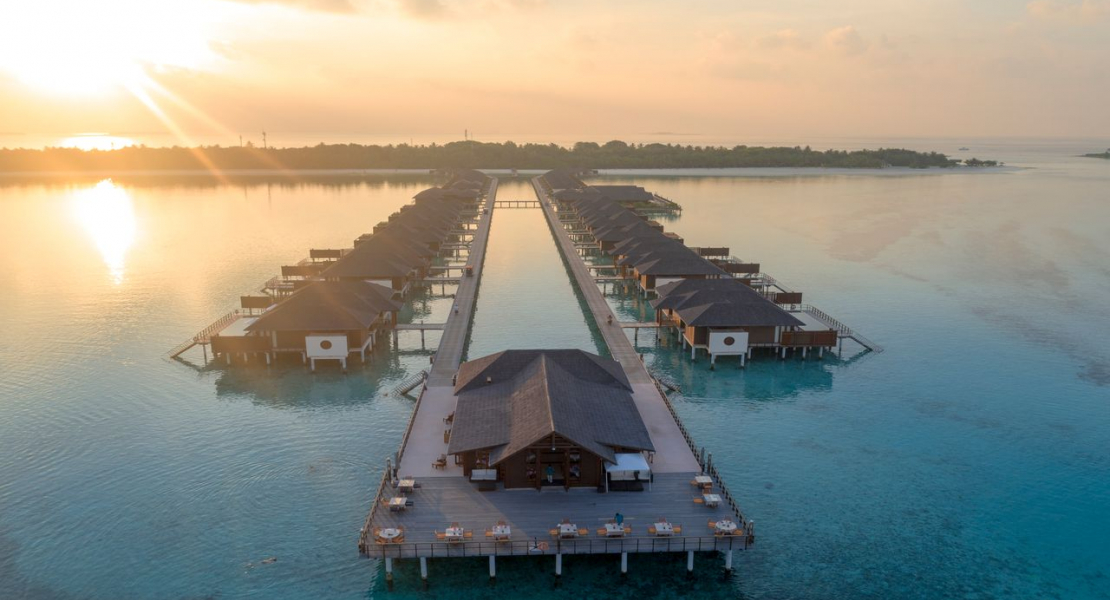
However, many seabird species are listed as endangered, threatened or near-threatened, with albatross numbers on the island declining rapidly. Importantly, Bird Island is rat-free, so has large numbers of small burrowing birds such as petrels and prions. The female is in the foreground with the male behind and the chick in the background, the female is identified by the black flecks in the plumage. A family of wandering albatrosses (Diomedea exulans) at Bird Island, South Georgia. One of the world’s richest wildlife sites, Bird Island has large, diverse populations of seabirds and fur seals, and is home to 50,000 breeding pairs of penguins and 65,000 pairs of fur seals, whose numbers are now returning to pre-sealing levels. Brash ice collects in the bays and occasionally freezes in during winter months. Icebergs are often visible from the station throughout the year. There is no permanent snow or ice on the island, though it is typically snow covered from July to October. Damp, misty, low cloud conditions prevail during summer, and gale-force winds can occur all year. Temperatures vary from -10☌ to 10☌, hovering around 0☌ in winter and 4☌ in summer. Weather is significantly colder, cloudier and wetter on Bird Island than at the old whaling stations on South Georgia’s northern coast. ClimateĪ subantarctic island south of the Polar Front, Bird Island has little protection against Antarctic storms from the south-west. The King Edward Point Station Leader acts as Magistrate. Government Officers are stationed at King Edward Point, South Georgia. Administration and statusĪs part of South Georgia, Bird Island is administered by the Government of South Georgia and South Sandwich Islands (GSGSSI), which issues permits to BAS researchers and other visitors. In the austral summer, between October to April, numbers rise to around 10, with visiting scientists from BAS and international scientific institutions. The Station Leader is on station throughout most of the summer months and the island station Facilities Engineer may spend between a week and two months ashore at Bird Island each year. The technician typically spends a year on station.

Research assistants spend 18 months on Bird Island specialising in seals, penguins or albatross.
Atoll islands plus#
There are usually three zoological research assistants plus one technical support staff member on station during the winter. The station operates all year and has capacity for up to 10 personnel with two extra bunks for short-stay visitors. It is approximately 1000km south-east of the Falkland Islands and is accessible only ship. It is separated by a 500-metre channel, Bird Sound, from the South Georgia mainland. Locationīird Island lies off the north-west tip of South Georgia in the Southern Atlantic Ocean. The research station, active since 1957, was completely redeveloped in 2005 and today provides accommodation for 10 staff. Lying off the north-west tip of South Georgia, Bird Island is one of the richest wildlife sites in the world. Bird Island Research Station is an important centre for research into bird and seal biology.


 0 kommentar(er)
0 kommentar(er)
